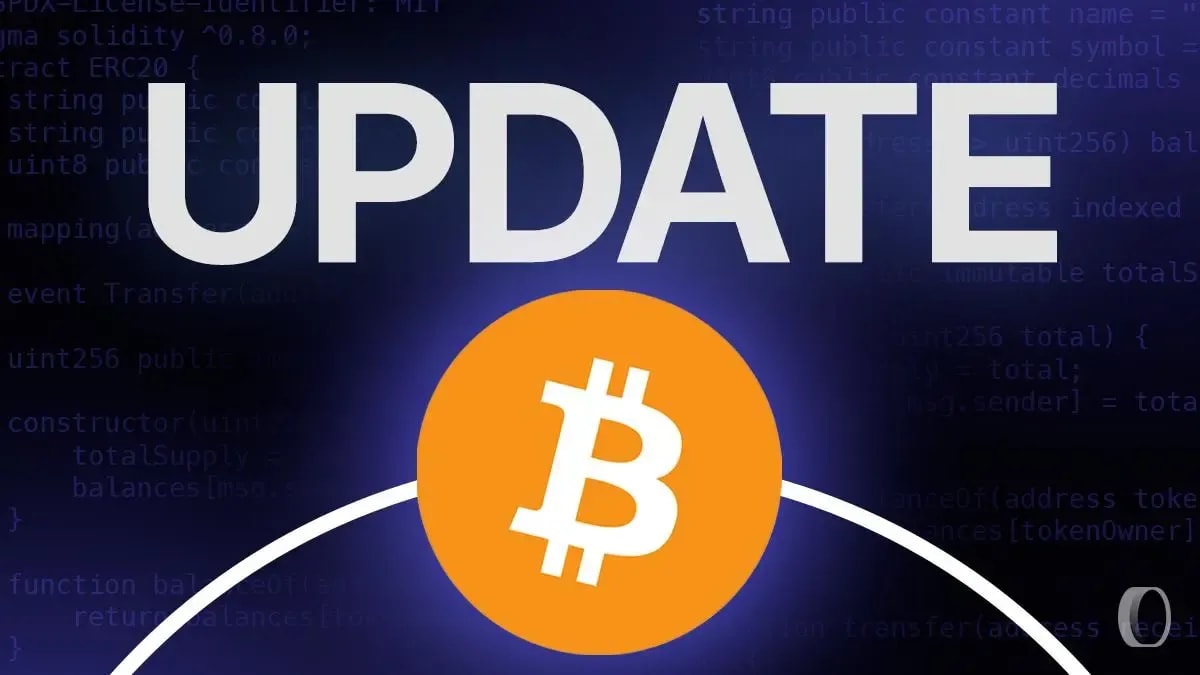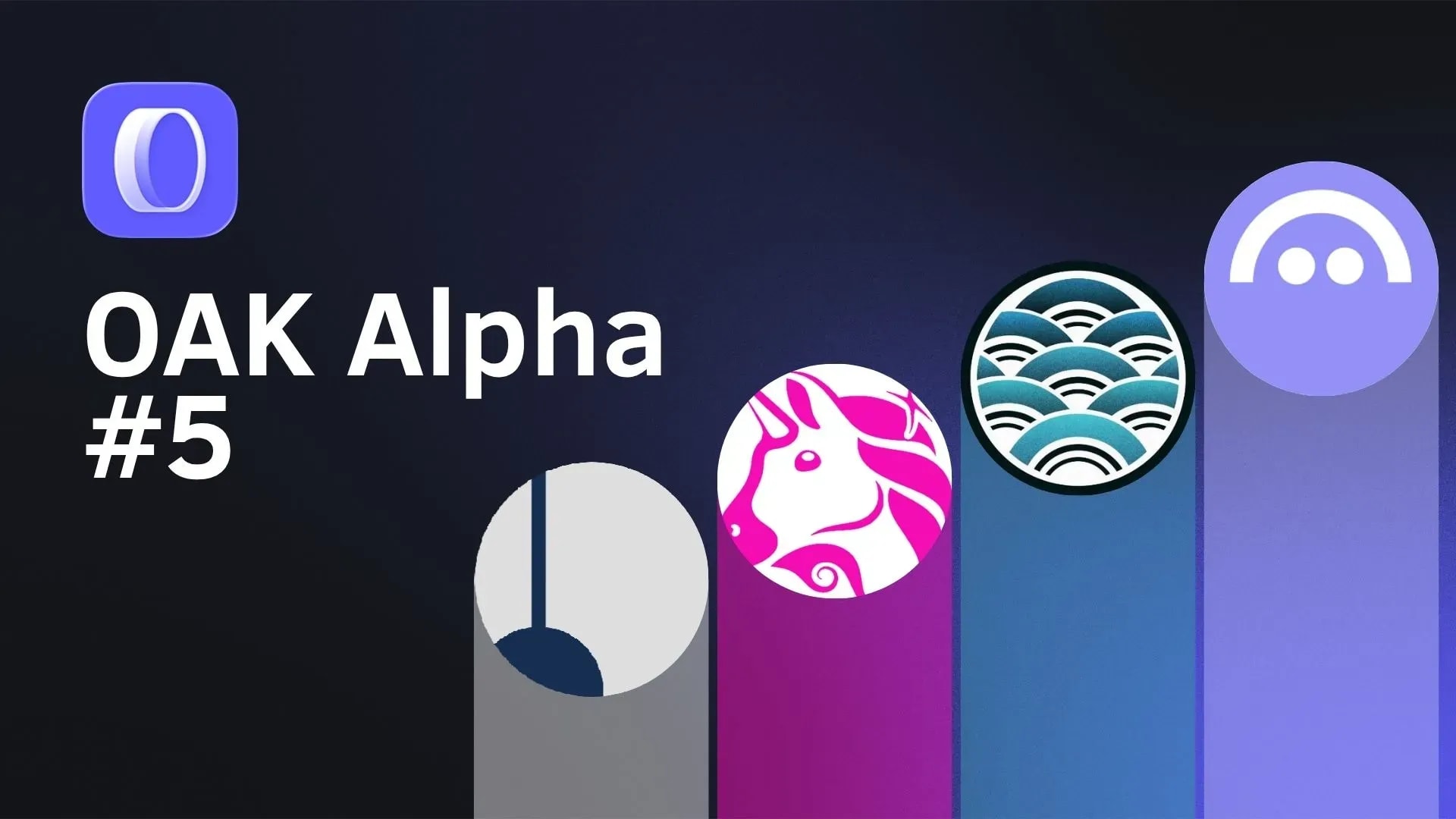A zoom on Aleo's tokenomics (ALEO)
September 25, 2024

In this post
Aleo is a layer 1 blockchain focused on privacy and scalability, natively integrating Zero Knowledge Proof technologies. The project has raised a total of $298 million from investors including SoftBank, Samsung and a16z.
On September 18, 2024, Aleo announced the deployment of its mainnet and the launch of its own token. In this article, we offer an analysis of ALEO's tokenomics, as well as market sentiment ahead of the launch.
Introduction
Aleo is a privacy-focused and scalable layer 1 blockchain, natively integrating Zero Knowledge Proof technologies. The project has raised a total of $298 million from investors such as SoftBank, Samsung, and a16z.
On September 18, 2024, Aleo announced the deployment of its mainnet as well as the launch of its own token. In this article, we provide an analysis of the ALEO tokenomics and market sentiment ahead of its launch.
Reminder: What is Aleo?
Aleo is a layer 1 blockchain designed for the development of decentralized, secure applications that focus on privacy, thanks to the native integration of Zero Knowledge Proof technologies.
Aleo’s technological infrastructure is built on AleoBFT, a consensus protocol based on Narwhal - Bullshark’s research. The network is secured via Proof of Stake, where stakers delegate their ALEO tokens to validators.
Validation and execution of transactions are performed through a mechanism called Proof of Succinct Work. This mechanism works with provers, whose purpose is to perform complex computations (also called puzzles) to generate a cryptographic proof (such as SNARK, a type of ZKP) and earn rewards in ALEO tokens.
Moreover, Aleo has developed Leo, its own programming language designed to facilitate the deployment of decentralized applications using Zero Knowledge. It is inspired by JavaScript and Rust and can be used without prior knowledge of the underlying technologies of Aleo.
With its architecture inspired by the ZCash protocol, Aleo allows developers to build applications while ensuring user privacy. This approach is highly relevant, even though the number of projects positioned in this niche is growing significantly.
Aleo’s Tokenomics
Token Utility and Role
The ALEO token is at the heart of the blockchain ecosystem and serves several essential roles:
- Network fees: Users of decentralized applications built on Aleo will spend ALEO tokens to pay transaction fees to the network.
- Participant rewards: Validators and provers, who ensure the security and operation of the network, are rewarded in ALEO tokens for their contributions.
- Staking and security: Tokens can be staked and delegated to validators to strengthen the network's security and earn rewards.
- Governance: After the mainnet launch, token holders will be able to participate in decentralized governance by voting on improvement proposals or protocol modifications.
Token Distribution Structure
At launch, 1.5 billion ALEO tokens were issued. The supply is distributed as follows:
- 34% are allocated to early investors and project supporters.
- 25% are dedicated to grants, ecosystem contributors, and educational initiatives to encourage development on Aleo.
- 17% are reserved for employees and project contributors.
- 16% are split between the Aleo Foundation and Provable, two strategic entities in the network.
- 8% are assigned to strategic partners.

In other words, over a third of the ALEO tokens (34%) are reserved for early backers, i.e., private investors and VCs. Around 41% of the tokens will go toward company operations (paying employees, contributors, strategic partners, and funding the foundation).
According to Aleo’s announcement, this model aims to balance the influence of early investors (through fundraising) with that of ecosystem contributors and developers, while ensuring incentives for the project’s continued growth.
OAK Research Analyst’s Opinion: It's worth noting that the community's place within this distribution is a subject of debate, as it is not explicitly mentioned. Many observers had anticipated an airdrop due to previous versions of the tokenomics that mentioned a "Public Distribution" block, which has now been replaced by "Grants & Education." This only accounts for 25%, while the rest goes to private investors, teams, or project funding.
Airdrop Details
A few days after the mainnet launch and ALEO token release, Aleo’s airdrop was officially announced. Eligible individuals include participants in the Ambassador Program, Testnet 2 (Top 100 Award, Credits Mined, GitHub PRs, Pool Testers, Pool Operators), Testnet 3, ZPrize 2022/2023, zkML Initiative, and Enigma. To claim their tokens, these participants needed to undergo a KYC process through Aleo’s institutional partner.
It’s important to note that no information or data was available regarding the number of eligible addresses or the amount of tokens distributed in this first phase.
Economic Mechanism Analysis
Aleo’s tokenomics are built on an incentive model similar to Bitcoin’s, with an algorithmic issuance of new tokens to reward network participants.
- Constant reward: Validators will always earn 23 tokens per block generated, aimed at maintaining active and continuous participation within the network.
- Issuance rate: Over time, the token supply will increase from 1.5 billion to 2.6 billion after ten years. Inflation will gradually reduce, from 13.5% in the first year to 1.6% after ten years. This issuance mechanism ensures a balance between participation incentives and the network’s economic stability.
OAK Research Analyst’s Opinion: Aleo’s economic model seems more transparent than its token distribution. First, nearly 60% of the total token supply will already be in circulation at launch (taking into account the 2.6 billion over 10 years). Secondly, inflation is controlled and decreases over time, avoiding massive token unlocks that could flood the supply. For the network’s economic stability, this is generally positive, even though the maximum token supply is not capped.
Aleo’s Market Study
Aleo’s new ALEO token was announced on September 18, 2024, and is already available on several cryptocurrency exchange platforms: Gate.io, MEXC, Coinbase, CoinEx, BingX, and ByBit.
After rising to over $3.8, ALEO’s price fell to about $2.67 the day after its launch. Since then, the price has steadily increased, and as of September 25, 2024, ALEO is trading at around $4.15.
Based on the available tokenomics information, the initial token supply of 1.5 billion would give Aleo a market capitalization of just over $6.225 billion in Fully Diluted Value (FDV). For comparison, this would place it between Near Protocol and Polkadot, ranking it 21st among the most valuable cryptocurrencies.
However, even though 1.5 billion tokens were created at launch, not all will be available, meaning the actual market capitalization should be lower. We were unable to obtain clear information on this.
Conclusion
Aleo’s tokenomics reveal a distribution heavily skewed toward private investors (34% of tokens allocated to early backers) and the project team (about 40% for corporate expenses). The remaining 25% is intended for grants to support the project’s development.
Although the community was rewarded through an airdrop, the lack of information about the number of eligible addresses and tokens distributed makes it difficult to assess the success of the operation.
On the other hand, the controlled token issuance, with an increase from 1.5 billion to 2.6 billion over ten years and declining inflation, is a positive factor for Aleo’s long-term economic stability.
Finally, Aleo’s Fully Diluted Value at launch (with 1.5 billion tokens issued) exceeds $6 billion. This would place the project on par with Polkadot, ranking it around the 20th most valuable cryptocurrency-possibly an overestimation.
In summary, while Aleo’s tokenomics are solid from an issuance and inflation perspective, the lack of consideration for the community may become a friction point for the project in the months to come.




